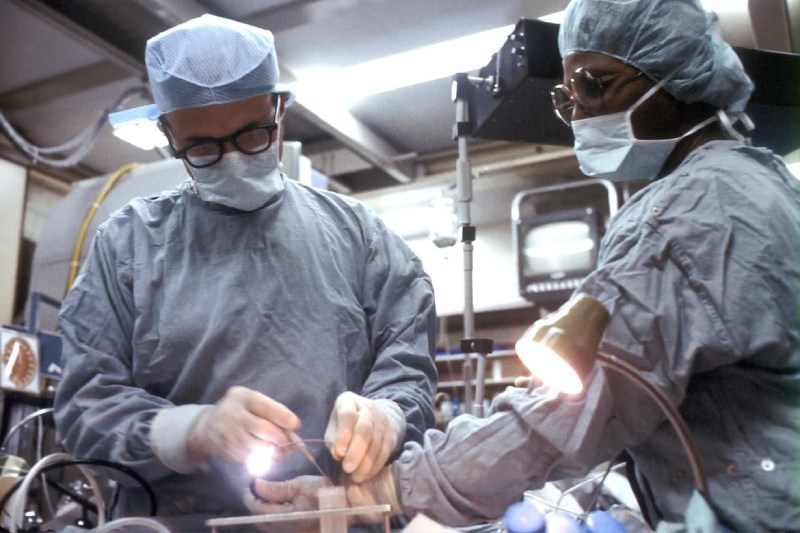Tips To Ensure Hospital Safety

Hospitals are the practical representation of a country’s entire healthcare system and infrastructure. Being said so, hospitals are no doubt one of the most crucial pillars of society. Although private medicare, nursing homes, etc., have made our life easier, people still visit hospitals whenever they are severely ill.
However, according to studies and reports, experts have observed that almost 10% of deaths occur yearly due to medical errors. In 2020, hospital mistakes were announced as the third leading cause of death.
Luckily, coordinated action by consumers, support personnel, and healthcare professionals can enhance patient safety outcomes. Institutions and organizations can boost team performance by implementing specific team initiatives that are safety-focused. Patient safety entails making plans that promote communication, reduce infection rate, decrease errors, minimize injuries, and reduce the likelihood of mistakes.
6 Important Tips To Minimize Hospital Errors And Secure Patient Safety
Medical mistakes may happen anywhere, but the ones occurring in hospitals might have some dire repercussions. Some of these errors can even be life-threatening. The following are some evidence-based recommendations for a better quality health environment to ensure better safety.
Implement A Safe Hospital Layout:
We all know how the design of leg holes and backrests in a reclining position in the baby stroller has caused many infant deaths. But as the stroller manufacturers implemented a more child-centred design, the death rates also dropped drastically. Similarly, hospitals also need to change their designs to a more patient-concerned structure.
Instead of emphasizing patient safety, traditional hospital designs prioritized operational efficiency by placing related work areas nearby. However, a patient-centred building design incorporates structural elements that lessen the spread of disease. This structure includes employee hand sinks in all treatment areas, features that improve air quality, proximity to critical information, noise dampening, and standardized feature locations.
Build A Health And Safety Management Structure:
Care providers must develop and set standards to evaluate the effectiveness of the organizational health and safety management system. Administrators must involve all managers and staff in suitable decision-making procedures and conduct routine organizational performance assessments in order to promote adherence to safety protocols. Regular reviews provide a dynamic measure of whether an organization has achieved its goals. Executives may also utilize this data to change organizational policies as necessary.
Have A Quick Response Team In Bench For Emergencies:
The administration should build a rapid response team by training the hospital staff to aid in patient and medical emergencies.
The Agency for Healthcare Research and Quality (AHRQ) has created TeamSTEPPSTM, which stands for Team Strategies & Tools to Enhance Performance & Patient Safety, to assist organizations and hospitals in building a rapid response system or RRS. The RRS must include a rapid reaction team (RRT), which is the most crucial component. The AHRQ advises health organizations to use STEP Assessment to determine the entire RRS framework:
- Patient’s condition
- Team members
- Environment
- Regular progress towards the objective
Personnel Must Comprehend And Be Familiar With Safety Regulations:
Each party must understand their corresponding responsibilities to build and implement a safe environment in the hospital. Administrators should regularly inform staff members about changes to the pertinent policy and provide new hires with hospital safety training. Employees must be mindful of their obligations to uphold patient safety. Every medical facility should also clearly state the rules and procedures it follows regarding safety.
Employees must feel comfortable raising issues. Therefore, successful safety training includes confidence that administrators would treat information with objectivity coupled with a clearly defined method for handling and reporting hazards.
Ensure Absolute Prevention Of Contamination And Infection:
Hospital staff must be meticulous while dealing with test samples, not contaminating them or getting infected. To avoid these scenarios, the administration may contact a customized glass jar supplier and keep the samples in those clean jars. Staff must clean their hands with Chlorhexidine to disinfect them before and after coming in contact with such samples or blood and saline lines. Or simply, they can avoid touching them with bare hands.
Patients Should Be Aware Of Their Own Conditions:
When we decide on buying something online, for example, perfume boxes wholesale, the customers are informed of all information regarding the perfume and get to choose and customize their preferences. Likewise, a patient should also be aware of his own condition to comprehend which health-related facts apply to their particular situation to determine their own treatment course and recovery rate.
Consumers have traditionally taken a passive part in their own healing and blindly adhered to therapy regimens. In this setting, patients had complete faith in healthcare professionals. However, professionals nowadays are aware that informed patients might help lower medical errors.
Wrapping It Up
Through cooperation, communication and coordination, patients, staff, and administrators may prevent the majority of hospital errors. However, maintaining a safe hospital environment requires preparation, dedication, and effort. So, read the article carefully and follow these tips to ensure the most efficient outcomes.






